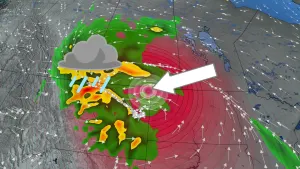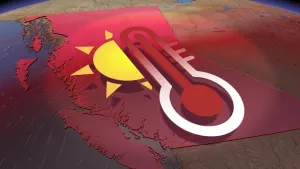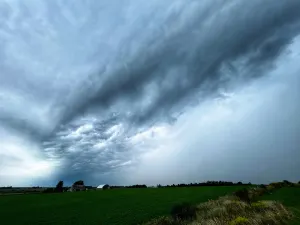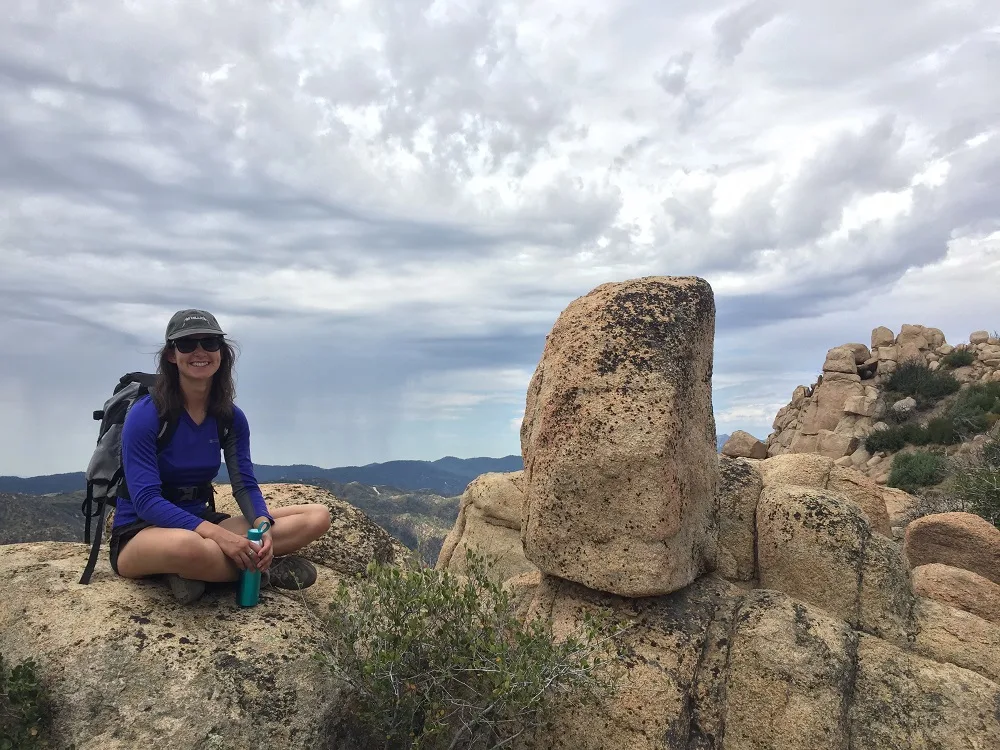
Precariously-balanced rocks are helping to improve earthquake hazard predictions
Researchers say the rocks are showing promise in helping scientists determine earthquake hazards more accurately.
Precariously balanced rocks, or PBRs, can be found throughout the world, identified by slender rocks balanced on a pedestal boulder.
There are a few ways they can form. PBRs can be the result of landslides or retreating glaciers, which deposit the rocks in the unordinary formations. They can also manifest when softer blocks erode, leaving the stronger ones behind.
While they look delicate, some of them -- like the Brimham Rocks in Yorkshire or Chiricahua National Monument in Arizona -- have survived countless earthquakes over thousands of years. Now, researchers from Imperial College London are taking a closer look at PBRs, because they are showing promise in helping scientists determine earthquake hazards more accurately.
The study's authors say the construction of PBRs provides insight on the upper limit of earthquake shaking that has occurred in the area.
It's this information that can help create better estimate models.
"Rare earthquakes can be extremely destructive and costly, but existing hazard estimates for rare earthquake shaking are highly uncertain because observations are limited to historical records," reads an excerpt from the study.
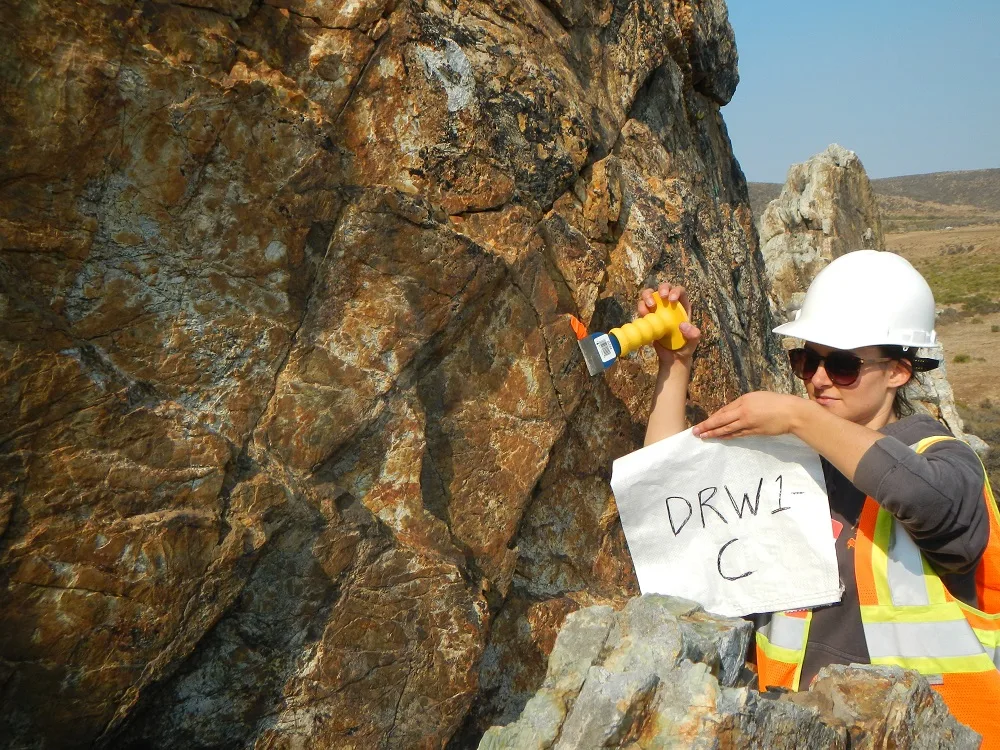
Anna Rood collecting a sample for cosmogenic surface exposure dating,which was used to deduce the fragility age of the PBR beneath her front foot. Courtesy: Anna Rood & Dylan Rood, Imperial College London
"At a site in Central California, we characterize the probability of toppling of such precariously balanced rocks and determine their age of formation. The precariously balanced rock constraints are used to directly eliminate estimates in the hazard model that are inconsistent with the preservation and antiquity of the rocks. These results dramatically improve the hazard model and significantly reduce uncertainties in the estimates."
The findings are important because earthquake hazard models are needed to estimate the likelihood of future earthquakes in a given location.
"They help engineers decide where bridges, dams, and buildings should be built and how robust they should be – as well as informing earthquake insurance prices in high-risk areas," the authors say [in a statement (https://www.imperial.ac.uk/news/205493/earthquake-forecasting-clues-unearthed-strange-precariously/).
Researchers found that combining their calculations with existing models reduced the uncertainty in earthquake hazard estimates by 49 per cent. They also found PBRs can be preserved in the landscape twice as long as previously thought.
The team is currently using its techniques to determine earthquake hazards in southern California, a densely-populated area that experiences frequent seismic activity.
The findings are published in AGU Advances.
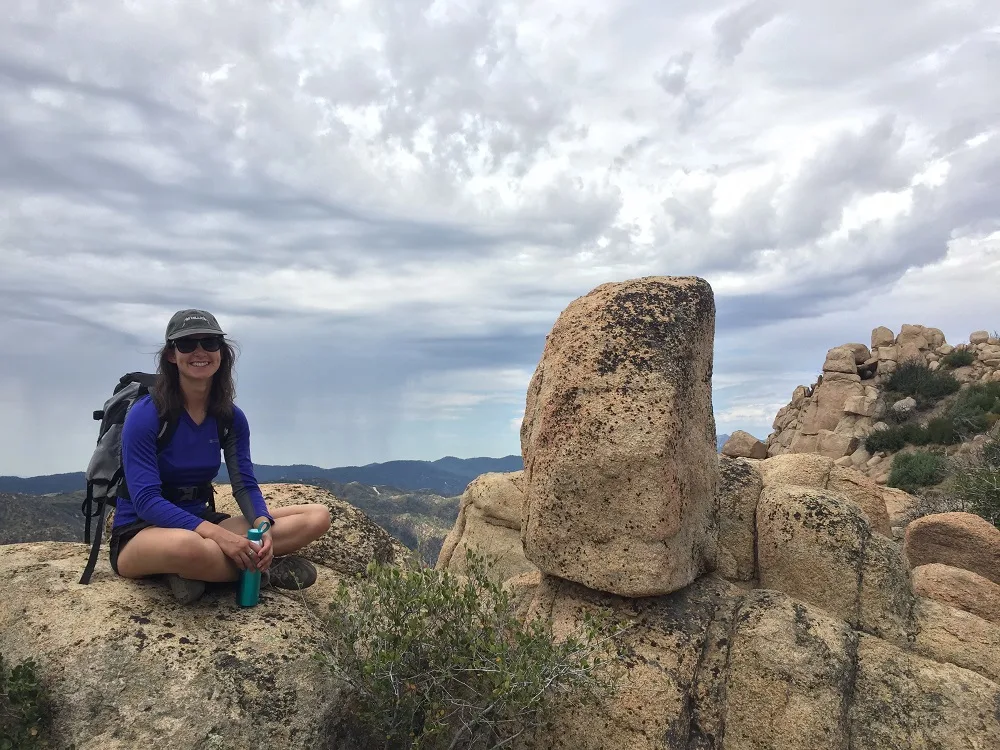
Field photograph showing a precariously balanced rock preserved on a tectonically uplifted marine terrace near the Diablo Canyon nuclear Power Plant in coastal Central California. Such precariously balanced rocks provide empirical geologic data that both validate and improve uncertain earthquake hazard models at long timescales. Hammer for scale. Courtesy: Anna Rood & Dylan Rood, Imperial College London.
PREDICTING EARTHQUAKES
While scientists can predict seismic hazards in a given area based on historical data, geologists are currently unable to forecast an individual quake or predict when they will occur.
"Neither the U.S. Geological Survey (USGS) nor any other scientists have ever predicted a major earthquake," the USGS says on its website.
"We do not know how, and we do not expect to know how any time in the foreseeable future. USGS scientists can only calculate the probability that a significant earthquake will occur in a specific area within a certain number of years."
While some earthquakes triggered by volcanic activity can be predicted to a limited extent, most earthquakes have no precursors, the USGS says.







